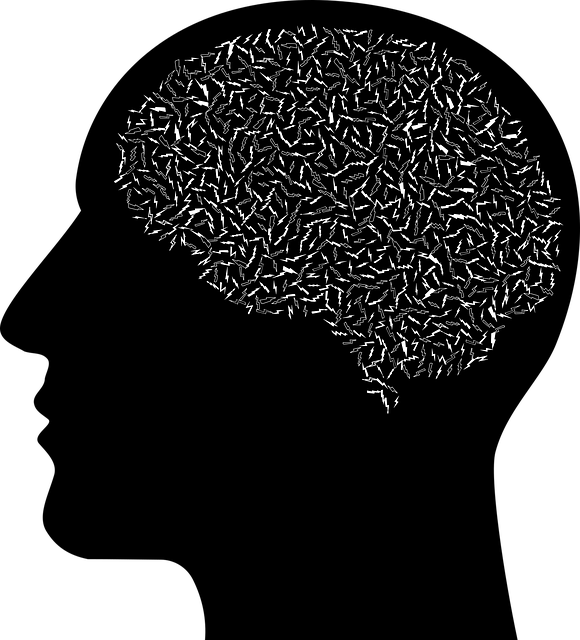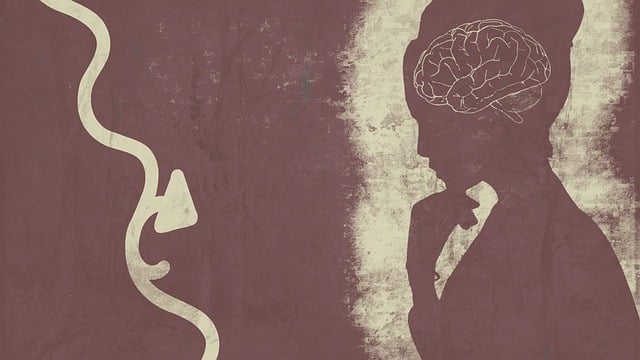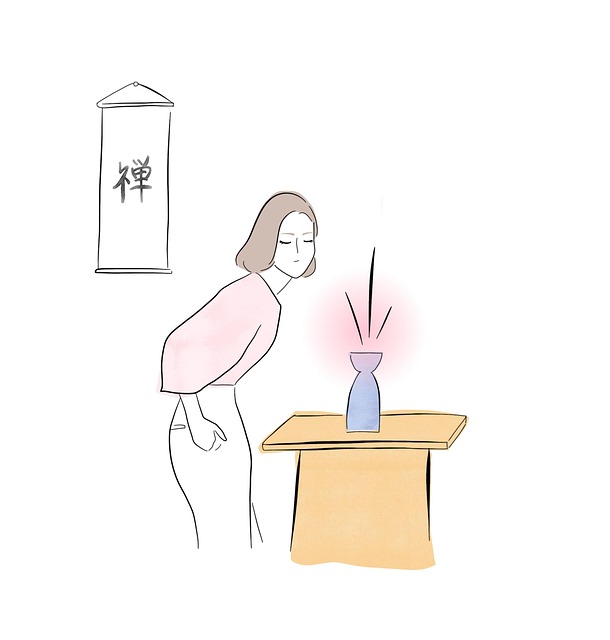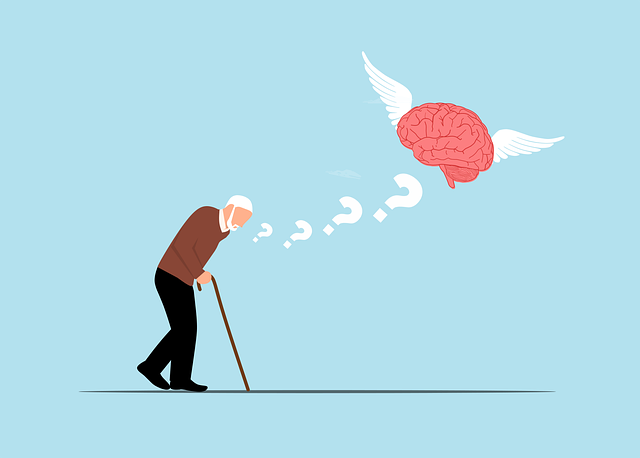Media representation of mental illness, particularly conditions like anxiety and panic disorder, is crucial in shaping societal perceptions. While efforts to raise awareness and reduce stigma exist, popular culture often oversimplifies or exaggerates these disorders. To combat this, media creators should strive for authenticity by featuring diverse characters and incorporating crisis intervention guidance, as seen in the journey of Parker, who overcame panic disorder through therapy (including cognitive-behavioral therapy) and advocacy. By leveraging evidence-based practices and lived experiences, media can play a significant role in destigmatizing mental health issues, educating audiences, and promoting empathy, as demonstrated by initiatives around Parker Panic Disorder and Anxiety Attacks Therapy.
In today’s media landscape, representation of mental illness plays a pivotal role in shaping societal perceptions. “Understanding Mental Illness Representation in Media: The Current Landscape” explores how media portrays various conditions, with a focus on anxiety disorders. Through the personal journey of Parker, who lives with panic disorder and anxiety attacks, we gain insights into the impact of media storytelling. Additionally, “Therapeutic Approaches to Enhance Positive Mental Health Portals in Media” delves into strategies that can foster more accurate, empathetic, and therapeutic representations, transforming how mental illness is discussed and understood.
- Understanding Mental Illness Representation in Media: The Current Landscape
- Parker's Story: A Personal Journey with Panic Disorder and Anxiety Attacks
- Therapeutic Approaches to Enhance Positive Mental Health Portrayals in Media
Understanding Mental Illness Representation in Media: The Current Landscape

In recent years, there has been a growing recognition of the impact media representation plays in shaping societal perceptions of mental illness. The current landscape presents a mixed picture; while some efforts have been made to increase mental health awareness and reduce the stigma associated with conditions like anxiety and panic disorder, many portrayals still perpetuate stereotypes and misconceptions. This is particularly evident in popular culture, where characters suffering from these disorders are often depicted as either overly dramatic or completely irrational. For instance, anxiety attacks are frequently exaggerated for comedic effect, failing to accurately represent the debilitating nature of the condition.
Such representations can hinder understanding and empathy among the general public, especially when coupled with the absence of nuanced storylines that explore the complexities of living with mental illness. This is where the onus lies—on creators and media outlets—to strive for more authentic portrayals. By incorporating characters with diverse experiences and employing crisis intervention guidance in storytelling, we can foster a more empathetic society. Through these efforts, media has the potential to play a pivotal role in mental illness stigma reduction, offering not just entertainment but also educational value that can positively influence public perception.
Parker's Story: A Personal Journey with Panic Disorder and Anxiety Attacks

Parker’s personal journey with panic disorder and anxiety attacks is a testament to the power of sharing one’s mental health struggles. His story begins with a relentless tide of overwhelming fear, manifesting as sudden, severe panic attacks that left him breathless and disoriented. Through a combination of medication and therapy, Parker found his footing.
Emotional healing processes like cognitive-behavioral therapy (CBT) played a pivotal role in Parker’s recovery. Over time, he learned coping skills to manage his anxiety, enabling him to gradually face his fears and reclaim control over his life. Today, Parker advocates for better mental health representation in media, hoping to destigmatize conversations around anxiety disorders and inspire others to seek therapy, just as he did. Public awareness campaigns development and increased access to mental health resources are crucial steps towards a more compassionate society that supports individuals navigating panic disorder and anxiety attacks.
Therapeutic Approaches to Enhance Positive Mental Health Portrayals in Media

Media representation plays a pivotal role in shaping societal perceptions of mental health. Therapeutic approaches that foster positive and accurate portrayals can significantly impact public understanding and reduce stigma associated with conditions like Parker Panic Disorder and Anxiety Attacks. One effective strategy is collaborative efforts between healthcare professionals, media creators, and advocates to ensure cultural sensitivity in mental healthcare practice. By involving individuals with lived experiences, these collaborations can provide authentic insights, enhancing the realism and depth of mental health storylines.
Moreover, integrating evidence-based practices into media content creation can contribute to a Mental Health Policy Analysis and Advocacy agenda. Public Awareness Campaigns Development centered around these therapeutic approaches can educate audiences, promoting empathy and support for those facing mental health challenges. Through such initiatives, media becomes an ally in the fight against stigma, offering not just entertainment but also valuable educational resources that encourage open conversations about mental well-being.
Mental illness representation in media has come a long way, but challenges remain. As highlighted by Parker’s personal journey with panic disorder and anxiety attacks, authentic and empathetic portrayals are crucial for reducing stigma and fostering understanding. Therapeutic approaches, such as those used in treatment for Parker’s conditions, offer promising solutions to enhance positive mental health representations in media. By encouraging diverse narratives and collaborative efforts between healthcare professionals and creators, we can create a more inclusive and supportive media landscape that accurately reflects the experiences of individuals living with mental illness.














